

Cosmetic surgery is a branch of medicine focused on enhancing a person’s appearance through surgical and medical techniques. While often associated with aesthetics, cosmetic surgery extends beyond surface-level improvements, embracing advances in technology, patient safety, and psychological motivation. It includes both elective procedures and reconstructive surgeries, each with its own set of considerations and potential advantages.
Understanding cosmetic surgery involves recognizing the spectrum of available procedures, what each entails, and the outcomes that patients can expect. People pursue these treatments for a wide range of reasons, from boosting self-confidence to correcting asymmetry or signs of aging. Procedures can range from minimally invasive approaches to more complex surgeries, always tailored to individual goals and health profiles.
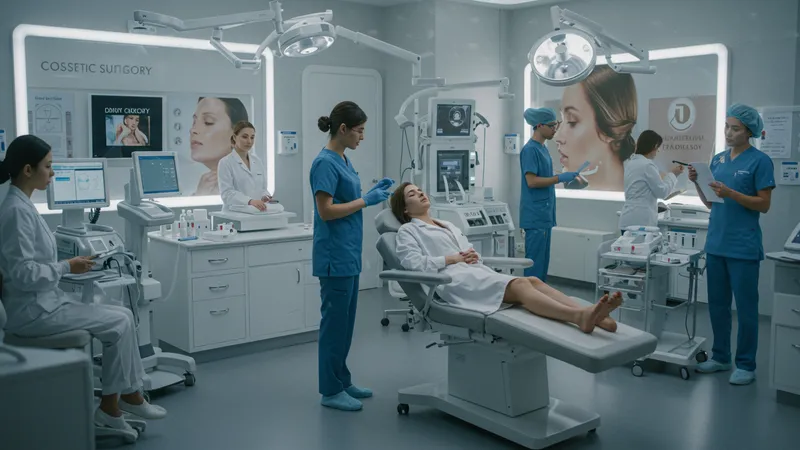
Technological innovations in cosmetic surgery have transformed outcomes for patients. Techniques such as 3D imaging allow for previewing possible results, helping align expectations before surgery. Advances in anesthesia and post-operative care have also made procedures less daunting, reducing recovery time and discomfort for most patients. These developments encourage more individuals to explore cosmetic options with confidence.
Patient motivation is a key factor in cosmetic surgery. Studies indicate that individuals often seek these procedures for personal satisfaction rather than external influence. Understanding the psychological aspect—such as setting realistic expectations and mental preparedness—proves essential for satisfactory cosmetic outcomes. Surgeons routinely evaluate candidates not only for physical health but also for emotional readiness.
Comparing surgical and non-surgical procedures reveals a wide spectrum of choices. While surgeries like rhinoplasty or breast augmentation offer long-lasting results, non-surgical treatments (such as injectables) can provide temporary but noticeable improvements with minimal downtime. Factors like recovery time, cost, and desired outcome help individuals choose the right path for their goals.
The decision to undergo cosmetic surgery requires careful consideration of benefits and potential challenges. Benefits may include improved confidence, body image, and functional corrections, yet all procedures carry risks such as infection, scarring, or dissatisfaction with results. Informed consultation with certified professionals helps ensure a positive and safe surgical experience.
As the exploration of cosmetic surgery widens, the nuances beneath these popular procedures become increasingly important. The deeper details reveal even more valuable insights ahead…
Cosmetic surgery encompasses both invasive and minimally invasive procedures, with each offering distinct advantages. For example, breast augmentation and rhinoplasty are classic surgical options designed for transformative results, while techniques like micro-liposuction provide subtler reshaping. These different approaches allow patients to select solutions tailored to their goals, risk tolerance, and recovery preferences. Understanding the range of methods gives individuals the flexibility to opt for procedures that align with their vision of enhancement.
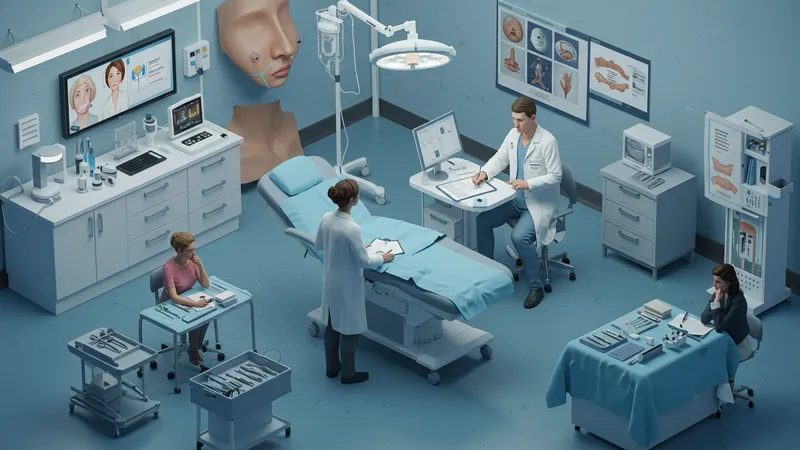
Breast augmentation, frequently selected for its ability to boost self-confidence, presents choices between saline and silicone implants or autologous fat transfer. Patients often weigh the longevity and tactile differences when making their decision, consulting extensively with their surgeon about sizing and placement options. The complexity of rhinoplasty lies not only in aesthetics but also in preserving or improving nasal function, which requires a highly skilled surgical approach. Liposuction similarly varies, as technologies like laser-assisted lipolysis can further refine results.
Recovery times and outcomes vary widely. Traditional surgical procedures may require several weeks of downtime but yield longer-lasting changes, while techniques like tumescent liposuction offer faster returns to daily routines. Pain management, bruising, and swelling are common across the board but tend to resolve more quickly with minimally invasive approaches. Recognizing this spectrum helps patients set realistic timelines and expectations, aiding satisfaction with the process.
Global trends show a steady rise in cosmetic surgery demand, particularly among adults aged 20 to 50. Advances in technology and shifting cultural attitudes have contributed to increased acceptance and popularity. Procedures like breast augmentation and rhinoplasty consistently rank among the top requested, driven by media influence and the increasing customization of surgical techniques. As cosmetic surgery grows more widespread, access to board-certified specialists and comprehensive consultations remains an important priority for those considering any type of cosmetic enhancement.
The benefits of cosmetic surgery are multifaceted, ranging from enhanced physical appearance to improved self-esteem. For many, procedures like breast augmentation or rhinoplasty deliver a greater sense of personal satisfaction and confidence. Research has shown that individuals often report heightened emotional well-being and social comfort following these interventions. These outcomes, however, are best realized when expectations are clearly discussed prior to surgery, emphasizing the importance of open patient-surgeon communication.
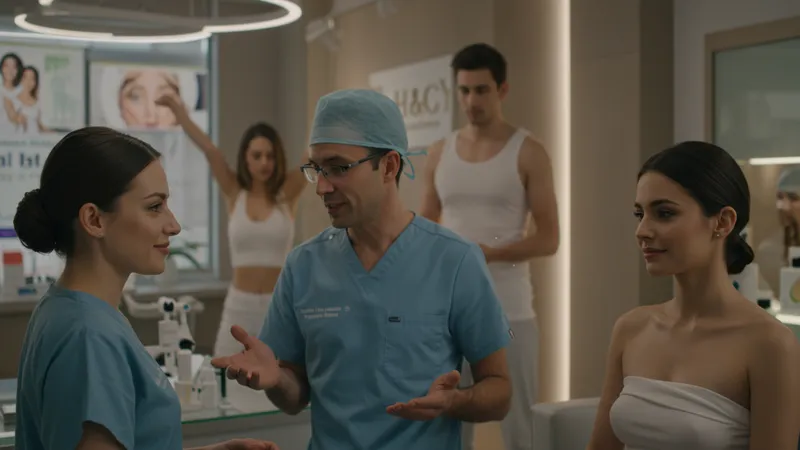
Functionality is another underappreciated advantage. Rhinoplasty, for instance, can correct structural airway issues, leading to improved breathing and quality of life, beyond its impact on nasal aesthetics. Liposuction, while mostly chosen for body contouring, can facilitate better mobility and encourage healthier lifestyle habits by making physical activity easier. This dual focus on aesthetics and functionality illustrates the unique value that certain cosmetic surgeries can provide.
Advances in technology and surgical protocols have improved the safety and predictability of cosmetic surgery. Modern anesthesia techniques, precise surgical instruments, and enhanced imaging support surgeons in minimizing risk and optimizing outcomes. These improvements translate into shorter hospital stays, faster recoveries, and fewer complications, making cosmetic treatments more accessible to a wider audience. Patients are now better informed and equipped to make evidence-based decisions.
Despite its advantages, cosmetic surgery is not without limitations. Cost remains a significant consideration, as insurance seldom covers elective procedures. Prices can vary dramatically based on the complexity of the surgery and geographic location. Furthermore, the intangible benefits such as improved confidence or quality of life are best assessed over time and in dialogue with a medical professional. Individuals weighing these procedures are encouraged to consider both tangible and intangible gains, as both contribute to overall satisfaction.
Every cosmetic surgical journey begins with a thorough consultation. Patients are advised to select surgeons certified by reputable medical boards, ensuring safety and expertise. Detailed discussions should establish clear goals, address health history, and outline procedure specifics. During initial assessments, surgeons gauge candidate suitability based on physical and emotional factors, increasing the likelihood of favorable outcomes. Pre-operative planning is a cornerstone of patient-centered cosmetic care.
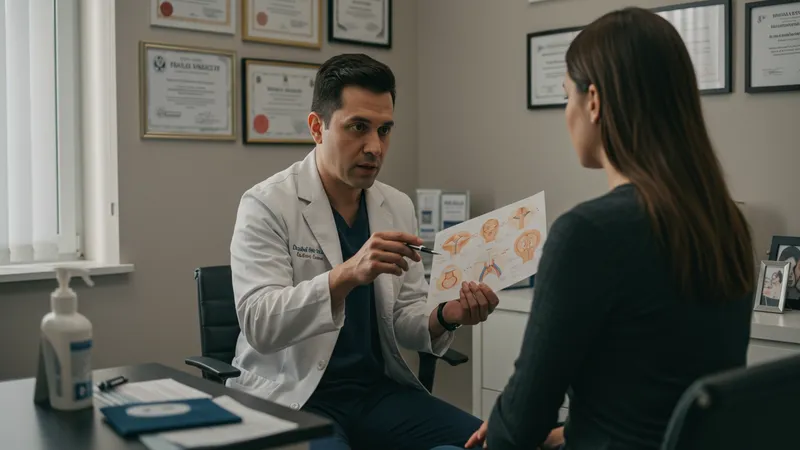
Potential complications, though reduced by modern techniques, remain a critical consideration. Risks such as infection, scarring, anesthesia reactions, or dissatisfaction with aesthetic outcomes underscore the need for realistic expectations. Responsible surgeons will provide a comprehensive overview of potential side effects, recovery protocols, and red flags for post-surgical follow-up. Transparent communication is essential for managing uncertainties and building trust between patient and provider.
Post-surgery recovery varies by procedure and patient. Breast augmentation might involve discomfort and limited motion for several weeks, while rhinoplasty patients should expect swelling and delayed final results. Liposuction recovery is usually shorter but can involve bruising and sensitivity. Adhering to post-operative instructions—such as refraining from strenuous activity, following wound care, and attending scheduled check-ins—directly affects the quality and speed of recovery, safeguarding patient wellbeing.
Ethical and psychological considerations are gaining attention. Candidates with body dysmorphic tendencies, for example, benefit from pre-surgical psychological evaluation. Responsible practitioners may recommend supportive counseling to ensure healthy motivation and to identify unrealistic expectations. Such diligence helps prevent regret and fosters healthier outcomes, further reinforcing the value of thoughtful, holistic planning in cosmetic surgery.
Innovation continuously shapes the field of cosmetic surgery, with minimally invasive procedures becoming increasingly popular. Non-surgical interventions, such as fillers and laser treatments, now complement traditional surgeries, offering flexible solutions with little downtime. The integration of digital technologies—like virtual reality consultations and AI-driven outcome simulation—enhances both the planning and decision-making processes. These developments reflect a shift toward highly personalized, patient-driven cosmetic journeys.
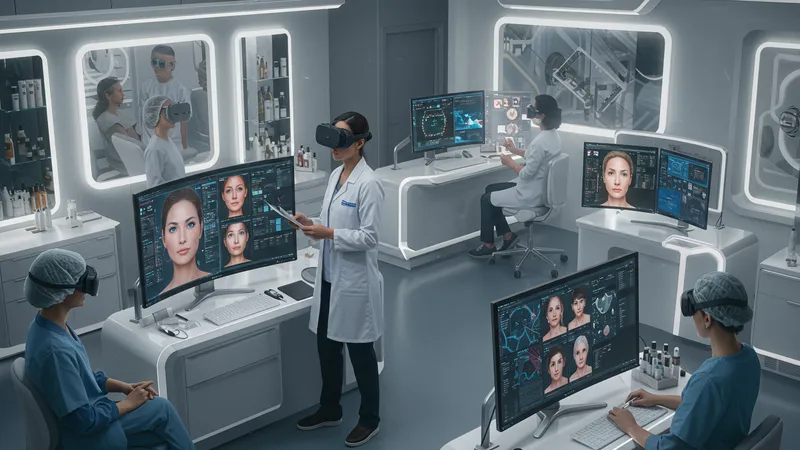
Cultural perceptions and beauty standards also influence the direction of cosmetic surgery. Pop culture, social media, and global acceptance of diverse beauty ideals have expanded both demand and the range of requested procedures. Surgeons now adapt techniques for different aesthetic preferences, ethnicities, and ages, creating a more inclusive landscape. Being sensitive to varied motivations supports ethical and satisfying surgical outcomes.
Regulation, safety, and transparency are key priorities as the cosmetic industry advances. Governing bodies promote stricter standards for practitioner certification and clinic accreditation, ensuring procedures are conducted with the highest professionalism. Ongoing education for surgeons and public awareness campaigns help maintain informed consent and ethical standards, reinforcing trust in cosmetic treatments.
Looking forward, the intersection of medical research, technology, and patient empowerment promises continued evolution in cosmetic surgery. Future trends are expected to further blur the boundaries between reconstructive and cosmetic techniques, expand options for tailored enhancement, and promote holistic health alongside aesthetic refinement. Staying informed and consulting with qualified professionals will remain the foundation for those seeking to embrace cosmetic surgery’s wide-ranging possibilities.